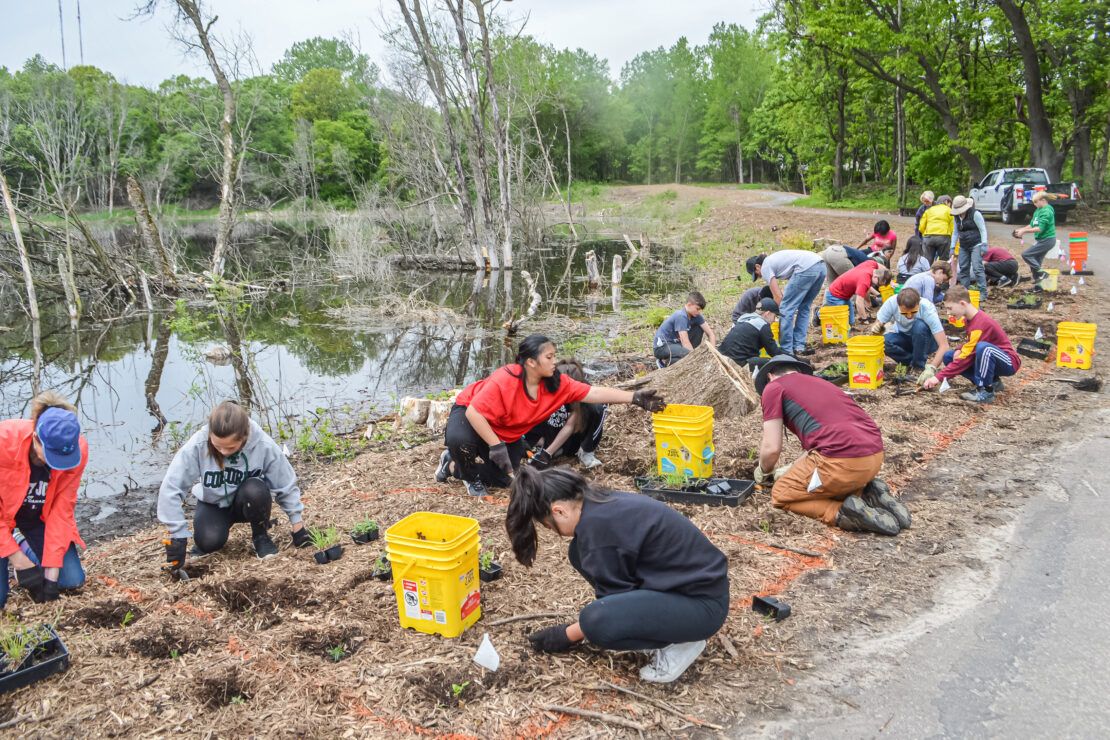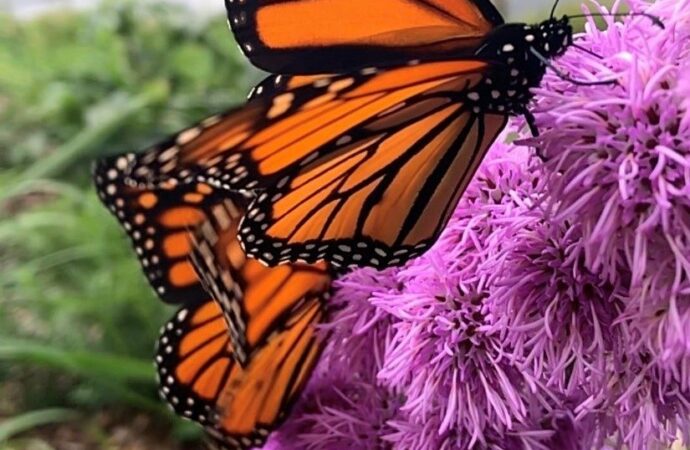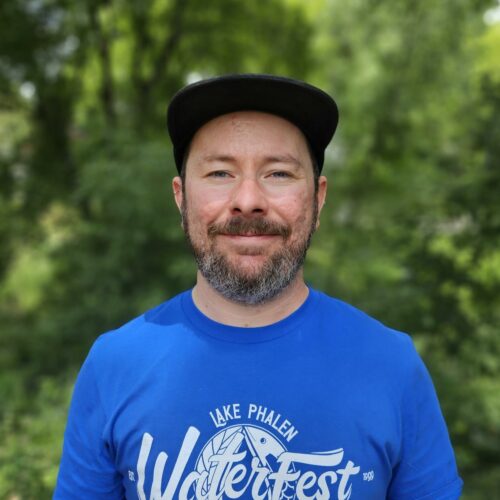


Snail Lake Regional Park Wetland Restoration
Partnerships are working to restore and preserve the most ecologically diverse parkland in the northern part of the Watershed.
We now have over 150 native plant species well established in the wetland buffer. Shore areas that were experiencing erosion are stabilizing as native plant cover expands and matures. A substantial cover of native wetland species now exists in the shore transitional zone that can tolerate large swings in water level. This park is now an even more popular spot for wildlife, native plant, and landscape photography. It is a neighborhood destination for restorative nature walks.
To enhance public awareness and enjoyment of the restoration, we installed plant identification signs with QR code links to an online iNaturalist guide. And to help expand the benefits of this restoration, the guide includes information on how these plants might be used in home landscapes. In the coming years, park patrons will continue to enjoy a vibrant native plant community supporting many pollinators and other wildlife.
Our natural resources team is dedicated to maintaining this restoration, along with the help of the community. If you are interested in joining in with a volunteer group to assist with weeding, please contact us via email: office@rwmwd.org or call the office at 651 792-7950.
Overview
Vadnais-Snail Lake Regional Park in Shoreview is in one of the largest natural areas containing some of our District’s highest quality woodland, open water, and wetland ecosystems. Unfortunately, over the last several decades, sections of the parkland have been experiencing habitat degradation due to flooding, erosion, lack of natural fire, and invasive plant infestations. Because of its regional significance, we secured grant funding with Ramsey County Parks to restore a 60-acre parcel of the wetland and surrounding uplands. The District was mainly focused on the wetland buffer restoration, and the Parks staff managed the oak woodland and savanna restoration.
The wetland is located in the southeast section of the park. It is characterized as a closed basin (i.e., no outlet for water flow) subject to large variations in water level. This type of hydrology is not typical for wetlands in our area. Our overriding project objectives were to control invasive weed species and create a more resilient wetland buffer capable of withstanding fluctuating water levels. To do this, we needed to reintroduce diverse native plant communities that could tolerate these challenging conditions. This high-quality habitat also provides food and shelter for a variety of wildlife and pollinators. Park patrons will thoroughly enjoy the flowering and visual interest of the native plant communities throughout the seasons – even in the winter months.
Project Goals
-Substantially control invasive plant species around the wetland buffer
-Replace invasive weed species with native aquatic, wet meadow, prairie, and woodland plant communities
-Create and preserve high quality habitat for wildlife
-Improve aesthetics for park visitors
-Introduce educational signage detailing the restoration and identifying common native plant species on site

Work Completed
From 2018 to 2021, the wetland restoration work was conducted in three phases (see map below for a breakdown). In total, 1.3 miles of wetland shore and over 7.5 acres of buffer area were addressed. The first step in the restoration process involved removing the noxious buckthorn and other weedy plant species. Once the sites were cleared of weeds, we used a mix of custom seed mixtures and plants to establish the target native plant communities. Factors like flood tolerance, aggressiveness, visual appeal, and preferred soil type were taken into account when choosing species and formulating the mixes. A variety of bio-engineering techniques were used in areas experiencing erosion. Temporary fencing was employed along selected shore areas to keep muskrat and geese from feeding on and killing the newly planted vegetation.
With the help of numerous school groups, Master Water Stewards, our Citizen Advisory Committee and LEAP Team, volunteers from 3M, and residents, we installed a diversity of aquatic emergent, wet meadow, and upland plants. Because of the substantial weed seed bank in the buffer soils, it was critical that we monitored and intensively managed the restoration sites for newly sprouting weeds. If this laborious and challenging work was not conducted, native plant communities would not have taken hold, and all of the time and money put into the project would have been lost.
Sorry, nothing found
